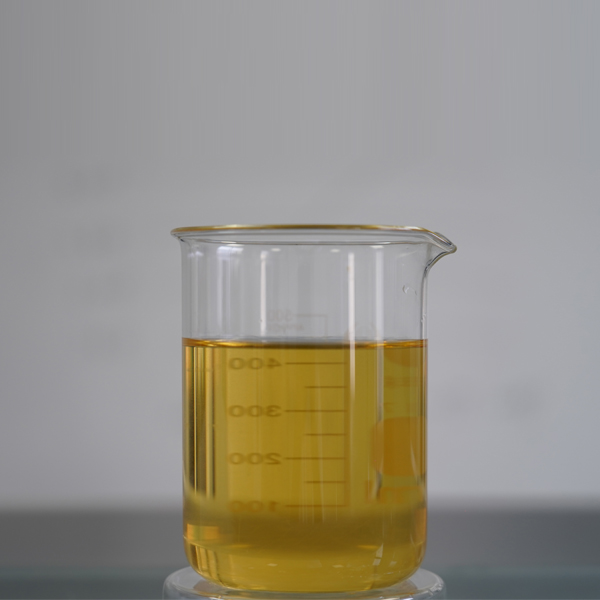
News
Aug . 15, 2024 07:43 Back to list
Investigating the Solubility Characteristics of Polyglutamic Acid in Various Solvent Environments
The Solubility of Polyglutamic Acid A Comprehensive Overview
Polyglutamic acid (PGA) is a naturally occurring biopolymer formed by the polymerization of glutamic acid, an amino acid prevalent in various proteins. As an amino acid homopolymer, polyglutamic acid has gained considerable attention in various fields due to its unique properties, particularly its solubility characteristics. Understanding the solubility of polyglutamic acid is essential for its application in medicine, food science, agriculture, and biotechnology.
Nature of Polyglutamic Acid
Polyglutamic acid can be synthesized through two primary methods enzymatic polymerization and chemical polymerization. Its structure consists of repeated glutamic acid units linked by peptide bonds, resulting in a highly flexible chain that can take on various conformations. This flexibility, paired with its hydrophilic nature due to the presence of carboxyl groups, significantly influences its solubility in different solvents.
Factors Influencing Solubility
The solubility of polyglutamic acid is affected by several factors, including pH, ionic strength, concentration, and molecular weight.
1. pH The pH of the solution plays a critical role in the ionization of the carboxyl groups present in polyglutamic acid. At low pH levels, these groups are protonated, rendering the polymer less soluble. Conversely, as pH increases, more carboxyl groups become deprotonated, resulting in increased solubility due to enhanced repulsion between negatively charged groups.
2. Ionic Strength The presence of salts in the solution can impact the solubility of polyglutamic acid. High ionic strength can screen the electrostatic repulsion between charged groups, leading to enhanced solubility. However, beyond a certain concentration of salts, precipitation may occur due to over-screening effects.
polyglutamic acid solubility

3. Concentration The concentration of polyglutamic acid in the solution is crucial. At low concentrations, it dissolves effectively, but as concentration increases, the solution may become viscous or even gel-like. This behavior is often observed in high-molecular-weight forms of polyglutamic acid.
4. Molecular Weight The molecular weight of polyglutamic acid significantly affects its solubility properties. Lower molecular weight polymers tend to be more soluble compared to their higher molecular weight counterparts, which may exhibit reduced solubility and increased aggregation.
Applications of Polyglutamic Acid
The solubility characteristics of polyglutamic acid have made it applicable in numerous areas. In the food industry, it is used as a thickening agent and emulsifier due to its ability to dissolve in water. Its safety as a food additive has been established, and it is often employed in various food formulations.
In medicine, polyglutamic acid is explored for drug delivery systems and tissue engineering. Its biocompatibility and biodegradability make it an ideal candidate for use in biological applications. Furthermore, its solubility allows for the creation of hydrogels that can carry therapeutic agents and release them in a controlled manner.
In agriculture, polyglutamic acid is used as a soil conditioner and plant growth promoter. Its ability to retain moisture in the soil enhances nutrient uptake by plants, promoting better growth and yield.
Conclusion
The solubility of polyglutamic acid is a multifaceted topic influenced by various environmental and structural factors. Its unique properties make it a valuable polymer in numerous industries, ranging from food science to medicine and agriculture. As research advances, the potential applications of polyglutamic acid, informed by an understanding of its solubility dynamics, will likely continue to expand, offering innovative solutions to existing challenges in these fields.
-
Polyaspartic Acid Salts in Agricultural Fertilizers: A Sustainable Solution
NewsJul.21,2025
-
OEM Chelating Agent Preservative Supplier & Manufacturer High-Quality Customized Solutions
NewsJul.08,2025
-
OEM Potassium Chelating Agent Manufacturer - Custom Potassium Oxalate & Citrate Solutions
NewsJul.08,2025
-
OEM Pentasodium DTPA Chelating Agent Supplier & Manufacturer High Purity & Cost-Effective Solutions
NewsJul.08,2025
-
High-Efficiency Chelated Trace Elements Fertilizer Bulk Supplier & Manufacturer Quotes
NewsJul.07,2025
-
High Quality K Formation for a Chelating Agent – Reliable Manufacturer & Supplier
NewsJul.07,2025
